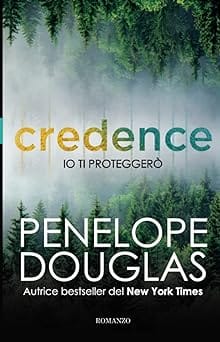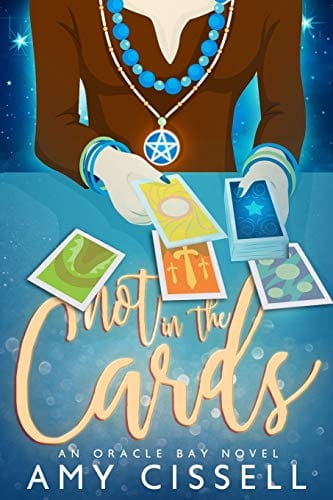Understanding Credence: Meaning, Origins, and Modern Importance
Explore the meaning of credence, its origins, and practical tips on building trust in communication, business, and digital spaces.

What Does Credence Mean?
Credence is the mental act of accepting something as true or trustworthy. When we give credence to a statement, person, or piece of evidence, we are extending a measure of belief that influences our decisions and actions. While often used as a synonym for belief, credence carries an added nuance of granting authority or reliability to the source in question.
The Linguistic Roots of Credence
The word "credence" traces back to the Latin credere, meaning "to believe." In Middle English, a "credence table" was a sideboard on which food was placed for tasting to prove it was not poisoned. Over time, the shorthand "credence" shifted from referring to the testing process itself to the trust that followed. This evolution highlights how deeply the notion of verification is embedded in the concept of credence.
Credence in Everyday Communication
We negotiate credence constantly—when deciding whether to trust a news article, a friend’s advice, or an online review. Because information travels at lightning speed, the modern information consumer is required to become an instant credibility assessor. The rise of social media has amplified the importance of distinguishing between reliable signals and noise, making credence a practical skill rather than an abstract term.
Giving Credence to Information
Psychologists suggest that we assign credence based on three principal factors: source authority, evidence quality, and social proof. A message from a recognized expert gains immediate weight; verifiable data add a second layer of assurance; and endorsements from peers supply the final nudge. Understanding these levers can help us both evaluate incoming claims and frame our own messages more persuasively.
Credence vs. Belief
Belief can exist in the absence of evidence; credence, by contrast, typically depends on at least minimal justification. For example, you might believe in luck without proof, but you grant credence to a weather forecast because it is backed by meteorological data. Recognizing the distinction prevents us from conflating faith-based conviction with evidence-based trust.
Credence in Professional Contexts
In many industries, establishing credence is not optional—it is foundational. Professionals rely on reputational and procedural mechanisms to guarantee that stakeholders can place justified confidence in their outputs.
Legal Credence
In the courtroom, evidentiary standards such as "beyond a reasonable doubt" or "preponderance of the evidence" serve as formal thresholds for credence. Juries and judges weigh testimonies, forensic analyses, and circumstantial facts to decide whether to accept claims as legal truth. A single piece of discredited evidence can erode an entire case, illustrating how fragile and consequential credence can be.
Scientific Credence
Scientists speak of credence in probabilistic terms, updating confidence levels as new data emerge. Peer review, replication studies, and statistical rigor form a multilayer defense against unwarranted belief. When a hypothesis gains widespread credence, it becomes a building block for further research, funding, and policy decisions.
Marketing and Brand Credence
Consumers today verify brand claims through reviews, influencer testimonials, and third-party certifications. According to a recent survey, 81% of buyers need to "trust a brand to do what is right" before purchasing. Certifications such as organic labels or ISO standards act as external validators, rapidly boosting brand credence in crowded markets.
Building Credence in a Digital World
The internet has democratized information but also spawned misinformation. Organizations and individuals must therefore adopt deliberate strategies to cultivate credence online.
Show transparency: Publish verifiable data, methodologies, and sources. Linking to original research or including behind-the-scenes processes allows audiences to audit your claims.
Leverage social proof: Display authentic testimonials, case studies, and user-generated content. A large body of positive, real-world experiences supplies a scalable trust signal.
Earn authoritative endorsements: Seek partnerships with recognized experts and institutions. Guest posts, podcast appearances, and academic citations position you within a larger network of credibility.
Maintain consistency: Credence erodes quickly when messages conflict. Align your branding, customer service, and public statements to project reliability across channels.
Key Takeaways
Credence extends beyond mere belief; it is a calibrated trust grounded in evidence and authority. Whether you are a consumer sifting through product reviews or a professional advancing a policy proposal, understanding how credence is built and evaluated equips you to make better decisions. In an era where attention is scarce and information plentiful, cultivating credence is both a personal discipline and a competitive advantage.



